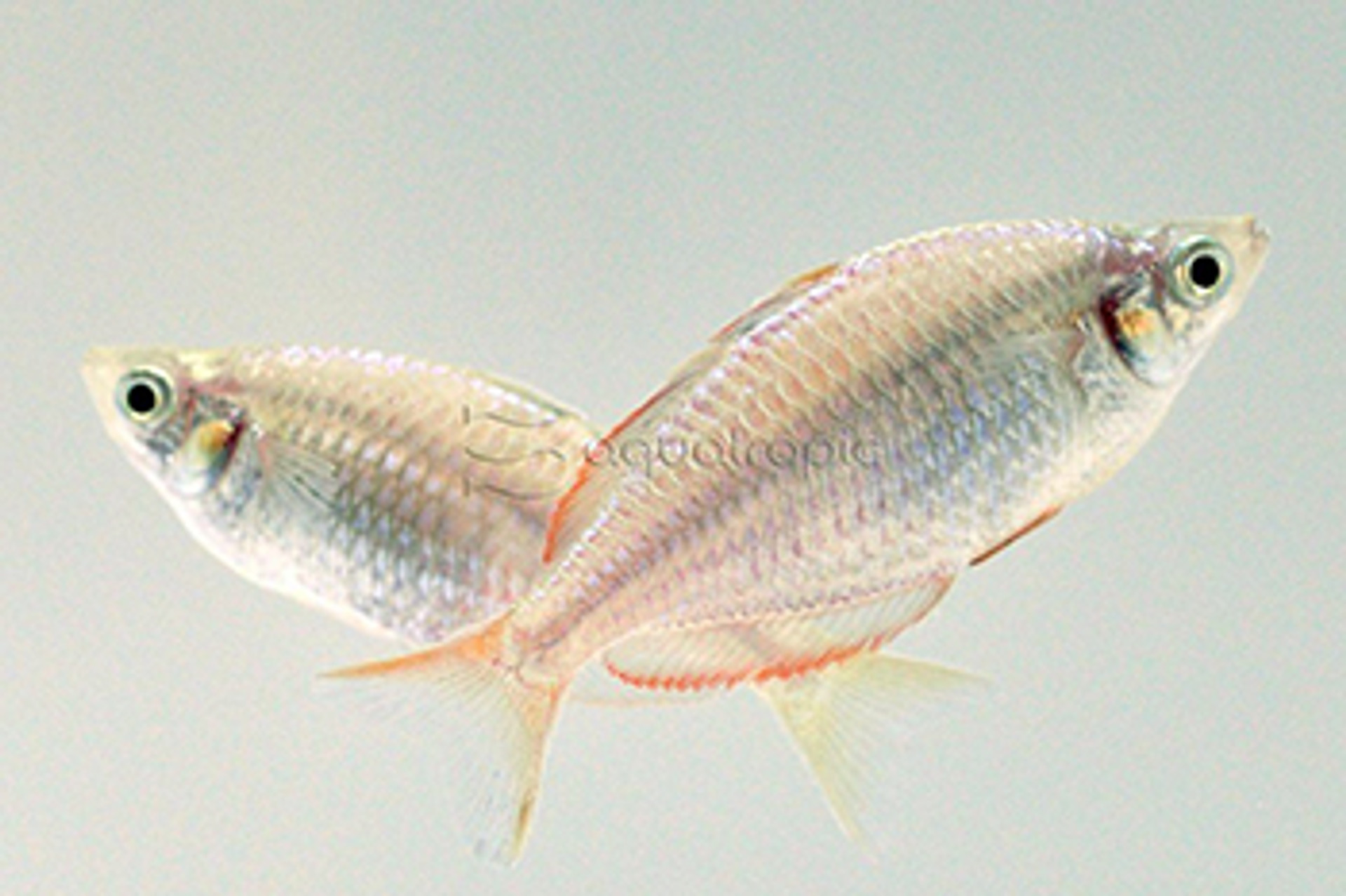The Neon Dwarf Rainbowfish (Melanotaenia praecox)

One of New Guinea’s most beautiful freshwater fishes is a shiny blue species that is small in stature but big in looks. The Neon Dwarf Rainbowfish hails from one of the island’s largest river systems, the Mamberamo, where it abounds in the shallow, weedchoked margins of the many tributaries meandering about the dense tropical rainforest. The first aquarium specimens began appearing in the early 1990’s, and, in a relatively short period of time, this lovely little rainbowfish has gone on to become one of the most popular aquarium species, widely available now from commercial fish breeders.
Melanotaenia praecox is noticeablysmaller than the many other speciesin its genus,which is alluded to in itsscientific name, which, in Latin,translates as “premature” or
“precocious”. Males, as with mostrainbowfishes, are the moreattractive sex, sporting a lovely blue color to the body that scintillates beautifully when brightly lit. Females are similar in appearance, though a bit drabber, and have an orange hue to the fins, which are more red in the males. When fully mature, males also develop a taller body profile, which gives them a slightly humpbacked appearance.
Unlike their larger relatives, the Neon Dwarf Rainbowfish will do well in smaller aquariums, though it’s probably best to stick with tanks of at least ten gallons. A lushly planted aquascape will go a long way towards keeping this fish at ease—try using plants like Cryptocoryne or Aponogeton to most accurately replicate the streams of Southeast Asia. Having been captive-bred for many generations, water conditions are not terribly stringent, as any warm and reasonably clean parameters should suffice.
As with other rainbowfishes, this is a species that should be kept in groups of a halfdozen or more. For tankmates, stick to smaller and more peaceful groups, such as the many pint-sized barbs, rasboras and danios from Southeast Asia. Gouramis, bettas and other related groups would do equally well, as would smaller bottomd-wellers like loaches. For a more general community aquarium, many South American and African fishes will swim peacefully alongside M. praecox —tetras, pencilfishes, hatchetfishes and other smaller characins, livebearers like guppies and mollies, Corydoras catfishes, and any of the armored loricariid catfishes. With its bright “neon” colors and peaceful nature, it’s no wonder why this has quickly become one of the most popular freshwater species among aquarists.